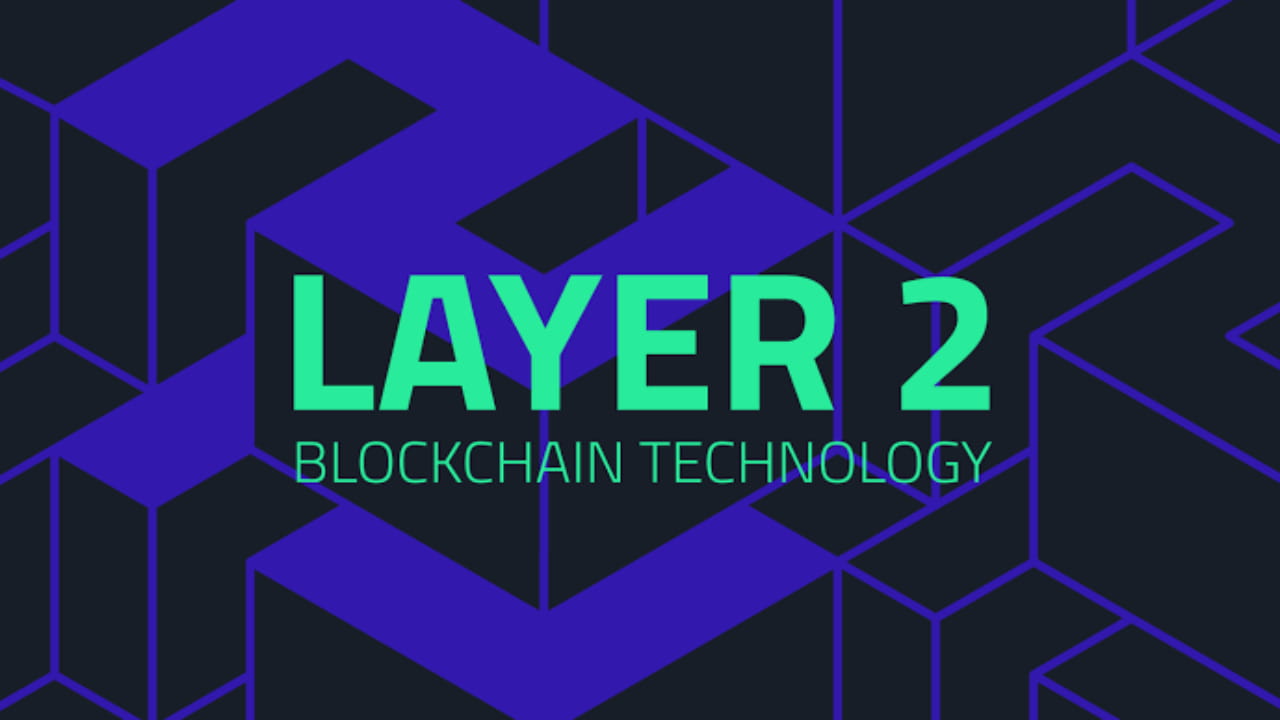Significantly Advancing Blockchain Interoperability in order to improve blockchain interoperability, Soneium has partnered strategically with Reactive Network. This cooperation seeks to solve ongoing issues with scattered ecosystems and high blockchain industry transaction costs. The collaboration aims to build a more linked and effective blockchain environment by combining Soneium’s scalable Layer 2 solutions with Reactive Network’s cross-chain capacities. Adoption of Anime with Blockchain is still rising, so flawless communication between several networks becomes even more important.
Reactive Network Turning on flawless chain
Designed to address one of the most urgent problems in the blockchain sector—interoperability—the Reactive Network Many blockchain systems run alone, which makes it challenging for distributed apps (dApps) to effortlessly exchange data, assets, or value over several ecosystems. Reactive Network introduces event-driven smart contracts and an enhanced virtual machine allowing automated cross-chain transactions to solve this difficulty. By removing the requirement for human involvement, this design lets activities on one blockchain automatically.

Reactive Network also encourages innovation by means of funding programs and developer resources, therefore supporting ground-breaking initiatives consistent with its purpose. Reactive Network improves efficiency, lowers transaction complexity, and promotes general adoption of distributed applications across several sectors by enabling seamless interactions between several blockchain networks.
Soneium a scalable layer 2
Designed as an Ethereum-compatible Layer 2 blockchain, Soneium uses innovative optimistic roll-up technology to increase transaction rates and lower costs. Soneium greatly reduces gas costs by grouping several transactions into one batch before sending them to the Ethereum mainnet, while preserving Ethereum’s security and decentralization. This method offers developers a more effective platform free from Layer 1 network scalability so they may create distributed applications.
Moreover, by providing enterprise-grade solutions catered to sectors like gaming, entertainment, and social networks, Soneium seeks to link conventional companies with Web3. Its scalable architecture guarantees flawless user onboarding, therefore allowing companies to leverage blockchain technology free from the technical complexity connected with conventional distributed networks. Focusing performance, accessibility, and cost-efficiency helps Soneium be a potent enabler of next-generation blockchain solutions.
Filling in between scalability and interoperability
Soneium and Reactive Network’s cooperation combines the characteristics of both systems to handle important blockchain industry problem areas. Combining Soneium’s low-fee, high-throughput infrastructure with Reactive Network’s cross-chain capabilities allows developers to create interoperable, reasonably priced distributed apps. This integration guarantees that Soneium-built apps may communicate easily with other main blockchains, so strengthening the linked and effective ecosystem.
Furthermore, the cooperation gives developers access to complete toolkit, which helps them to innovate free from constraint by current blockchain restrictions. This cooperation opens the path for previously hampered new use cases by technical limitations by increasing transaction efficiency and enabling flawless data sharing between networks. Such partnerships are crucial in promoting general acceptance and allowing a really distributed future as blockchain technologies keep developing.

Transformative Applications and Industry Influence
Combining Soneium with Reactive Network creates several transforming applications in many different sectors. Players of games sometimes find their in-game assets limited to one game or blockchain, therefore restricting their usefulness. Reactive Network lets developers mint in-game assets like NFTs and Real-World easily across chains, while Soneium’s scalable infrastructure lets developers mint low-cost assets. This enables gamers to use their digital resources across several games, therefore promoting a linked gaming ecosystem.
Likewise, better royalty distribution helps content creators to guarantee income regardless of the location of sales of their work. Another significant influence is in subscription-based businesses, whereby consumers may access services across several chains without conflict by paying for memberships on one blockchain. Advancing Blockchain Interoperability These developments highlight how working together Soneium and Reactive Network can inspire innovation, enhance user experiences, and provide a more linked blockchain scene.
Conclusion
Solving important issues of scalability and interoperability, the cooperation between Soneium and Reactive Network marks a major development in the blockchain sector. Combining their different skills, the cooperation hopes to inspire creativity and build a more linked blockchain environment. Advancing Blockchain Interoperability Apart from developers and companies, this connection improves user experiences, therefore facilitating the wider use of distributed technology in other sectors. Partnerships like this will be vital as blockchain technology develops to guarantee a more seamless and efficient blockchain environment and help to shape the future of distributed apps.




